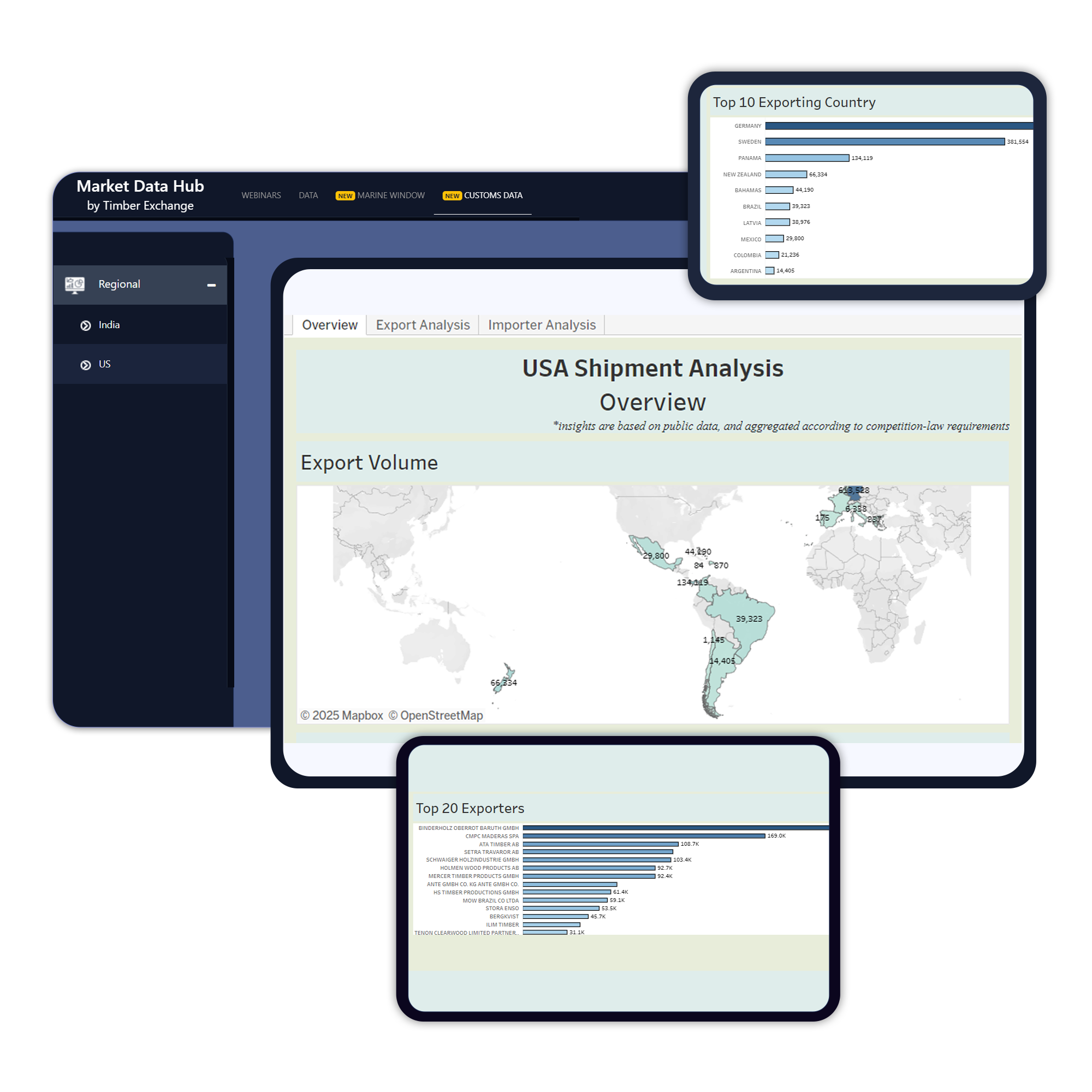
Canadian government intervenes to end rail lockout
Posted on August 26, 2024 |
The Canadian government stepped in to end a shutdown of the country's two main freight railroads, ordering binding arbitration just 17 hours after it began.
The shutdown, caused by a lockout of union workers by Canadian National (CN) and Canadian Pacific Kansas City Southern (CPKC), threatened to disrupt economies in both the U.S. and Canada.
Initially, the Prime Minister's administration hesitated to intervene, but the risk of disrupting key industries like agriculture, automobiles, energy, lumber, and chemicals led to quick action.
The Teamsters union, which represents about 9,000 workers at the two railroads, did not go on strike; the shutdown was initiated by a management lockout.
The government's decision to intervene is seen as a win for CN and CPKC, who were pushing for a resolution.
However, the union viewed this intervention as a setback, believing the dispute should have been resolved through direct negotiations.
This situation underscores the critical role of the railroads in the economy and the potential widespread impact of labor disputes if not swiftly addressed.
The binding arbitration ordered by the government is intended to resolve the labor dispute and prevent further economic harm to both Canada and the U.S.





